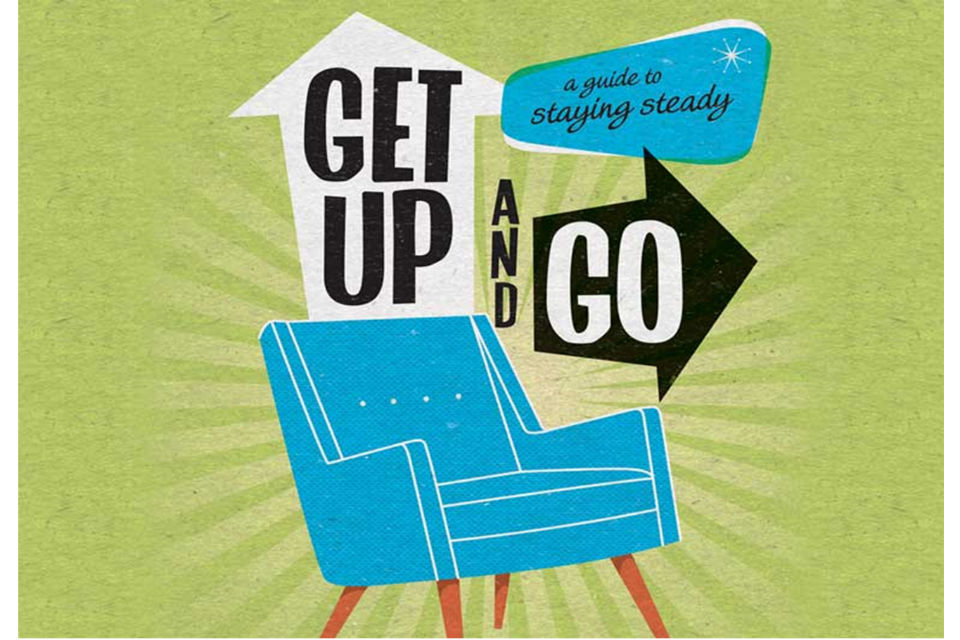Dementia Fall Risk Can Be Fun For Everyone
Dementia Fall Risk - An Overview
Table of ContentsUnknown Facts About Dementia Fall RiskNot known Factual Statements About Dementia Fall Risk The Best Guide To Dementia Fall RiskA Biased View of Dementia Fall Risk
An autumn threat analysis checks to see how most likely it is that you will certainly fall. It is primarily provided for older adults. The evaluation typically consists of: This includes a collection of inquiries concerning your overall health and wellness and if you've had previous falls or problems with equilibrium, standing, and/or strolling. These tools examine your strength, equilibrium, and gait (the means you stroll).Treatments are referrals that may lower your threat of dropping. STEADI includes 3 steps: you for your danger of falling for your danger elements that can be improved to attempt to prevent falls (for example, balance issues, damaged vision) to reduce your risk of dropping by making use of reliable methods (for example, supplying education and learning and sources), you may be asked several questions consisting of: Have you fallen in the past year? Are you worried regarding falling?
If it takes you 12 seconds or more, it may imply you are at higher threat for an autumn. This test checks strength and balance.
Relocate one foot midway ahead, so the instep is touching the huge toe of your various other foot. Relocate one foot completely in front of the other, so the toes are touching the heel of your various other foot.
The Basic Principles Of Dementia Fall Risk
Most drops occur as a result of several adding factors; for that reason, handling the danger of falling begins with recognizing the variables that add to drop danger - Dementia Fall Risk. Some of one of the most appropriate danger elements include: Background of previous fallsChronic clinical conditionsAcute illnessImpaired gait and balance, lower extremity weaknessCognitive impairmentChanges in visionCertain risky medicines and polypharmacyEnvironmental variables can additionally raise the danger for falls, including: Insufficient lightingUneven or harmed flooringWet or slippery floorsMissing or harmed handrails and order barsDamaged or incorrectly equipped tools, such as beds, wheelchairs, or walkersImproper use assistive devicesInadequate supervision of individuals staying in the NF, including those who show hostile behaviorsA successful fall risk monitoring program requires a comprehensive clinical analysis, with input from all participants of the interdisciplinary team

The care strategy ought to additionally include interventions that are system-based, such as those that promote a secure atmosphere (proper lighting, hand rails, order bars, and so on). The performance of the interventions need to be assessed occasionally, and the treatment strategy revised as required to mirror changes in the fall danger evaluation. Carrying out an autumn risk monitoring system making use of evidence-based finest technique can decrease the occurrence of falls in the NF, while limiting the possibility for fall-related injuries.
Excitement About Dementia Fall Risk
The AGS/BGS standard advises screening all adults aged 65 years and older for autumn threat each year. This screening is composed of asking individuals whether they have fallen 2 or more times in the previous year or sought clinical focus for an autumn, or, if they have actually not dropped, whether they feel unstable when walking.
People that have actually dropped once without injury needs to have their balance and gait reviewed; those with stride or equilibrium abnormalities should receive additional analysis. A background of 1 fall without injury and without gait or balance troubles does not necessitate more analysis beyond her comment is here continued annual loss threat screening. Dementia Fall Risk. An autumn risk assessment is needed as component of the Welcome to Medicare exam

Getting The Dementia Fall Risk To Work
Recording a falls background is one of the quality signs for fall avoidance and monitoring. Psychoactive drugs in particular are independent forecasters of falls.
Postural hypotension can frequently be relieved by decreasing my explanation the dosage of blood pressurelowering drugs and/or quiting medications that have orthostatic hypotension as an adverse effects. Use of above-the-knee assistance pipe and sleeping with the head of the bed boosted might likewise lower postural decreases in high blood pressure. The preferred elements of a fall-focused physical assessment are revealed in Box 1.

A TUG time greater than or equal to 12 secs suggests high fall weblink danger. The 30-Second Chair Stand test analyzes reduced extremity stamina and equilibrium. Being incapable to stand from a chair of knee height without using one's arms shows increased fall danger. The 4-Stage Balance test analyzes static equilibrium by having the individual stand in 4 placements, each considerably more tough.